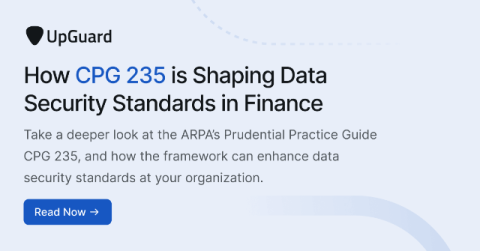Insider Threats: The Hidden Enemy Within Financial Services
Financial services organizations already face a dizzying array of external threats, but just as dangerous and often harder to spot are the threats posed by people inside their firm, according to the Trustwave SpiderLabs' Financial Services Deep Dive: Insider Threat. The report noted that insider threat attacks have become more common over the past year, with 40% of organizations reporting more frequent insider threat attacks compared to previous years.











